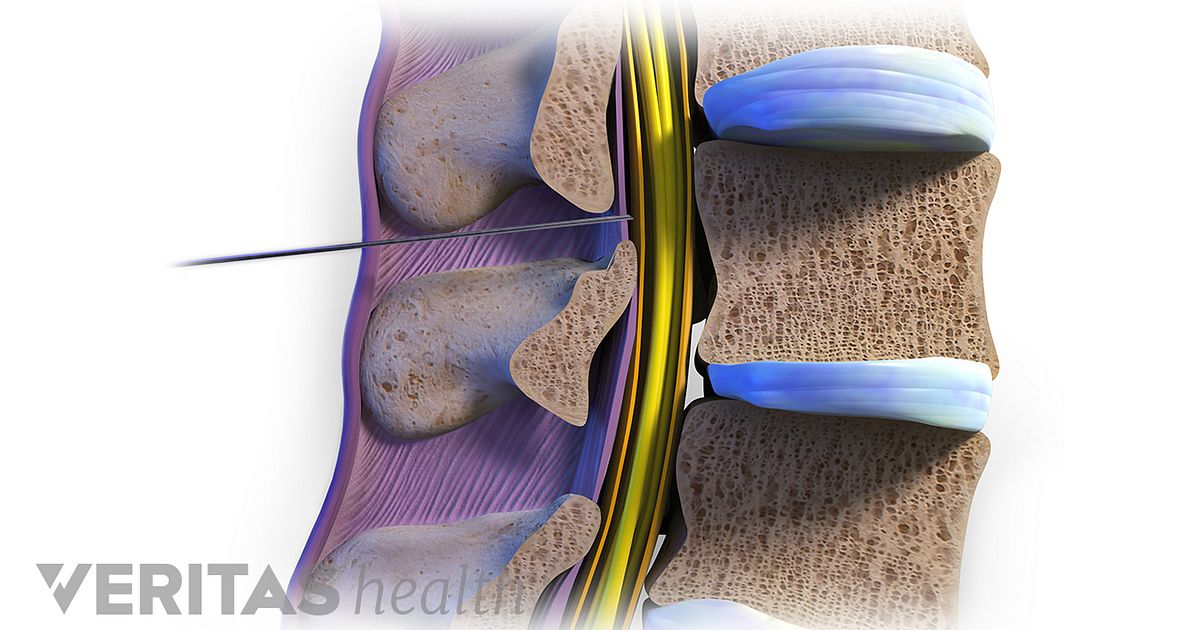

Also keep in mind that sometimes it may take the body a few days to adapt to a newly introduced supplement.įurthermore, realize that if the curcumin was manufactured with any specific additives to enhance its bioavailability (e.g. The combination of post-meal ingestion, as well as dosage reduction, may be an effective strategy for preventing curcumin-induced diarrhea. To mitigate potential diarrhea associated with curcumin, be sure to administer it after a large meal and/or consider reducing your dosage. In some cases, diarrhea may result from taking curcumin at abnormally high doses and/or on an empty stomach. Curcumin often irritates the gastrointestinal tract leading users to report stomach aches and in many cases, diarrhea. Those that have been diagnosed with preexisting bleeding disorders may want to avoid using curcumin.ĭiarrhea: The single most common side effect associated with curcumin supplementation is diarrhea. If you you believe that curcumin is thinning your blood to an unwanted extent, discuss the implications with a medical professional. If you’re already taking a blood thinner, keep in mind that curcumin may exacerbate and/or amplify its effects to (a potentially) unwanted extent.įor this reason, medical literature recommends discontinuation of curcumin at least 2 weeks prior to surgery.

In other words, it is possible that curcumin could slow blood clotting which may increase your risk for bleeding and/or bruising. Also understand that some individuals supplementing with curcumin may not experience any noticeable side effects.īlood thinning: There is some evidence to suggest that curcumin may elicit anticoagulant (blood thinning) effects.

Keep in mind that the severity and number of side effects you experience is likely subject to significant individual variation. Below is a comprehensive list of possible side effects that you may experience while supplementing with curcumin. The two most common side effects associated with curcumin supplementation include: diarrhea and nausea. If you’ve been supplementing with curcumin, especially at high doses, it is possible that you may encounter some unwanted side effects. Curcumin Side Effects & Adverse Reactions (List) Though curcumin is usually well-tolerated, some users experience unwanted side effects as a result of supplementation.

In effort to reap the aforementioned health-enhancing effects, many individuals have opted to take dietary curcumin supplements. Furthermore, it appears to modulate a multitude of cellular signal transduction pathways such as: NF-κB, Akt, MAPK, p53, Nrf2, Notch-1, JAK/STAT, β-catenin, and AMPK.Īs a result of its complex pharmacodynamics, curcumin is believed to exert anti-inflammatory, anti-oxidative, neuroprotective, mood enhancing (via increasing BDNF), and possibly anti-cancer effects. It also is known to antagonize arachindonate 5-lipoxygenase and cyclooxygenase enzymes. When ingested, curcumin functions as a selective epigenetic enzyme inhibitor of histone deacetylases (HDAC1, HDAC3, HDAC8) and transcriptional co-activator proteins (p300 histone acetyltransferase). By weight, curcumin accounts for 2-5% of all curcuminoids (natural phenols) within turmeric. It was initially isolated from turmeric in 1815, chemically mapped in 1910, and thereafter formally classified as a “diarylheptanoid” (as a result of its chemical structure consisting of 2 aromatic rings (aryl groups) accompanied by a 7 carbon chain (heptane)). Curcumin is a yellowish-colored compound derived from turmeric (a curry spice within the Ginger family) that is often taken as a dietary supplement and/or utilized as a food additive.


 0 kommentar(er)
0 kommentar(er)
